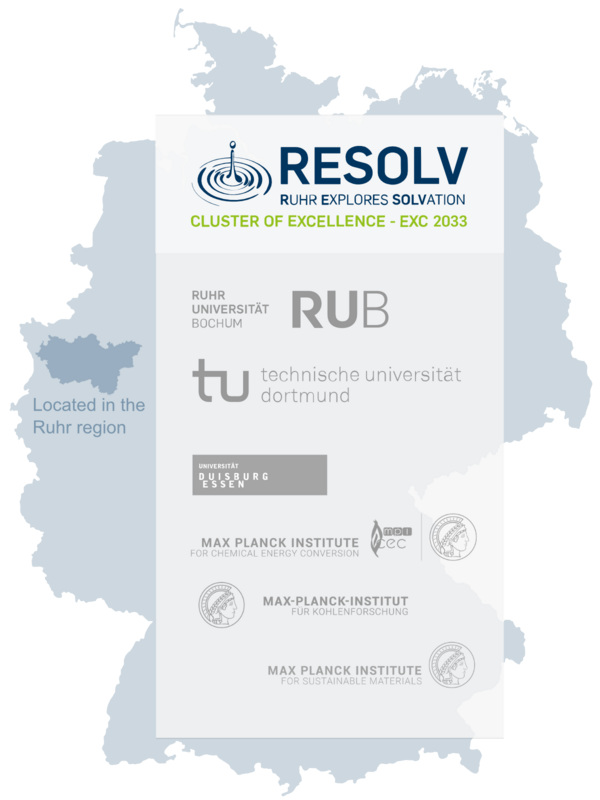Martina Havenith, speaker of RESOLV, and Teresa Head-Gordon, leader of CALSOLV at the University of California – Berkeley, chaired sessions about the chemical physics of hydrogen bonding and water.
“The APS March Meeting is a gigantic conference with a large number of parallel sessions, so quality is essential to get attention”, says Songi-Han, chemist at the University of Santa Barbara, US, and fellow of the RESOLV International Faculty. Han presented her research on protein hydration – the water molecules that surround biomolecules - at APS. “The solvation sessions were highly attended, talks were of excellent quality, and we had insightful discussions”, she adds.
Leap forward
The RESOLV+CALSOLV sessions covered a wide range of solvation issues, from concentrated aqueous proton defects, to small water and protonated water clusters, to the effect of protein surface on the surrounding hydration water.
“It was striking to witness the great leap forward in the experimental tools at our disposal to tackle long-standing solvation hypotheses”, says Han. “The old questions, for example about the molecular and local structural origin of protein surface water dynamics, still remain. It became clear that advances in magnetic resonance, sum frequency generation, non-linear spectroscopy and new terahertz lasers allow us to experimentally access previously inaccessible facets of solvation science only a few years ago”, she adds.
About the APS March meeting
With 50 thousand members, the APS is the world second largest organization of physics. This year’s March meeting showcased over 700 scientific sessions in five days on topics ranging from protein biophysics, to neuroscience, and climate change. More than ten thousand attendees participated to the event.
learn more about the conference
















